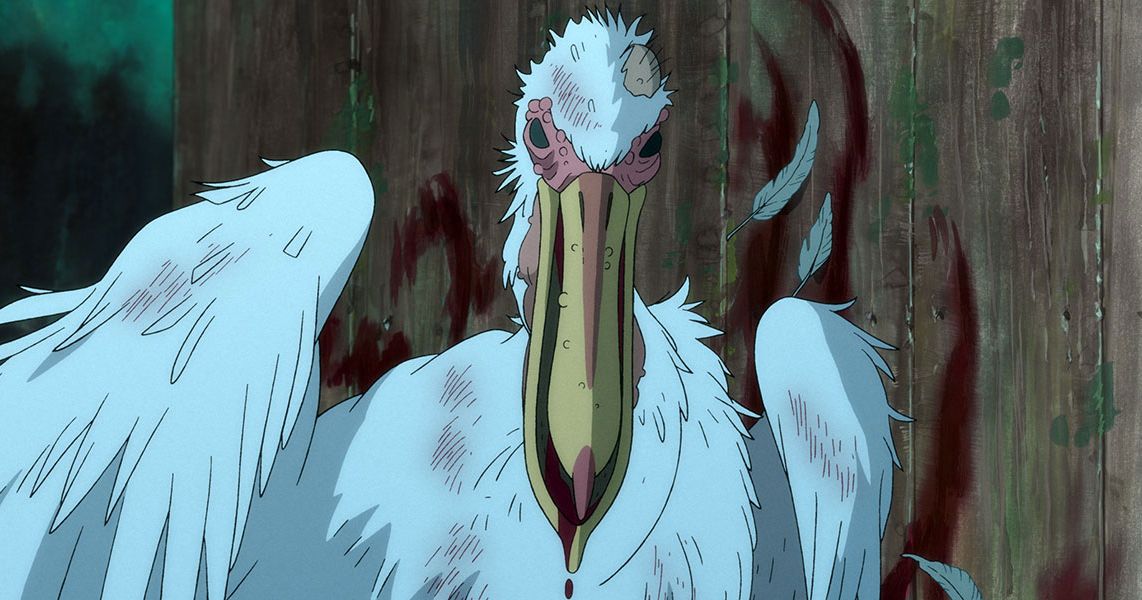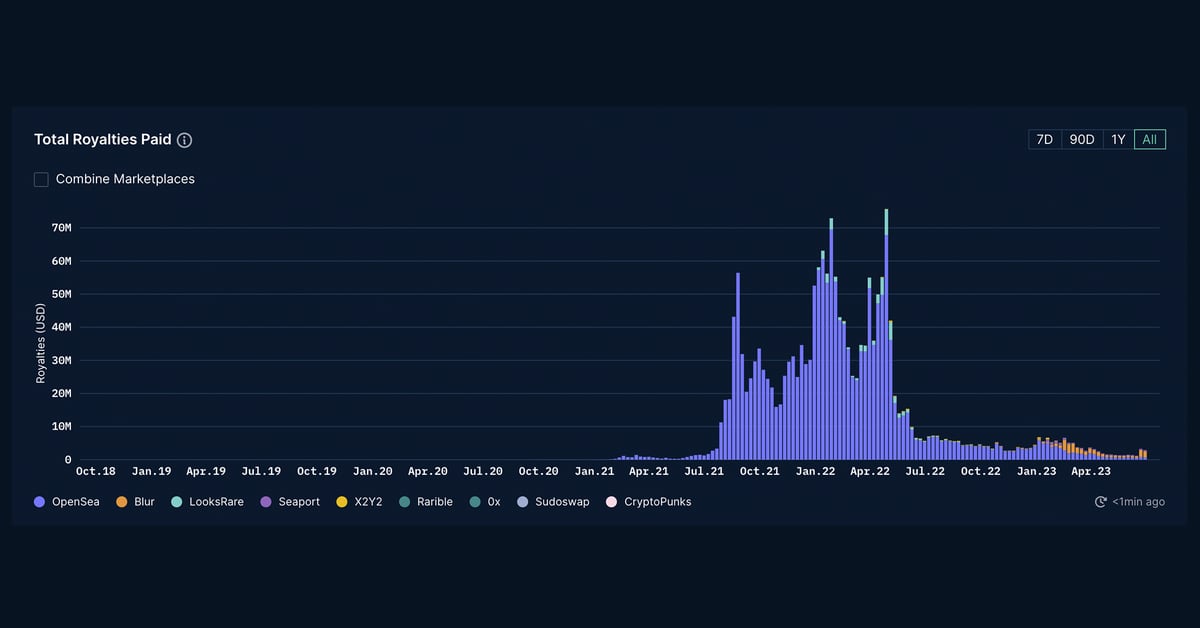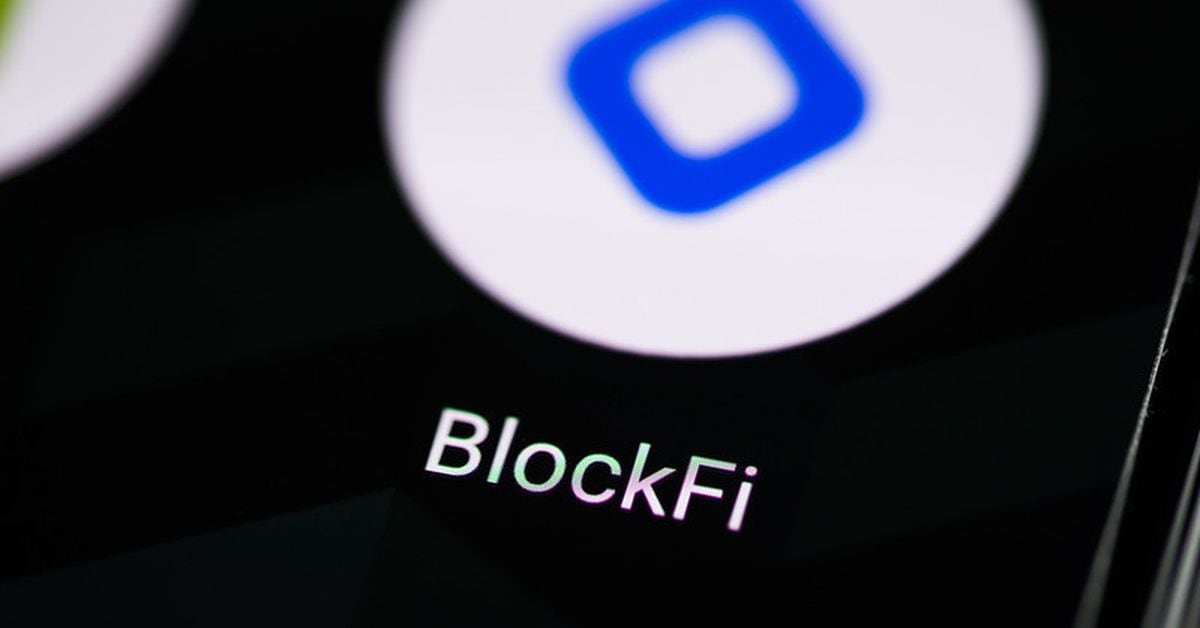
Hayao Miyazaki Didn’t Lose a Step During His Temporary Retirement
Everyone has their favorite Hayao Miyazaki movie, and mine is Porco Rosso, the 1992 adventures of a World War I flying ace turned bounty hunter with the face of a swine — a transformation that reflects how disillusioned he has become with humanity. Late in that film, Porco tells the story of his best friend’s death in a dogfight. Unable to save him, Porco flies up into the clouds and emerges into a still space above them, where he watches the planes of everyone who was shot down in the battle drift up to join a dense band of aircraft high in the sky — their earthly allegiances incidental in this aerial procession of the dead that Porco, who remains alive, is unable to join. That sequence is, for me, the best thing Studio Ghibli has ever produced, the beauty of aviation paired with the violence it visits upon people, all of it rendered in imagery that’s fantastical and inexpressibly sad.
Miyazaki returns to that idea in the tremendous The Boy and the Heron, his first film in a decade, when 12-year-old Mahito Maki (voiced by Soma Santoki) finds his way to a magical kingdom of strange seas dotted with islands and overgrown shipwrecks. On the horizon is a dense line of sails, ones attached to boats that, he learns, aren’t real. They’re rowed by shadowy figures who, like everyone else in the place, seem to be perpetually in need of something to eat. There have been supernatural dimensions in Miyazaki’s work before — Mahito’s sojourn often brings to mind Chihiro’s in Spirited Away. But the universe of The Boy and the Heron, which turns out to be the creation of a bookish great-grand-uncle (Shôhei Hino) who disappeared before Mahito was born, is also different. “In this world,” he’s told, “the dead are the majority.” It’s as though Mahito manages to do what Porco didn’t, fleeing the pain of existence by fleeing into a realm that belongs to the dead — an enchanting, unsettling, unbalanced place that seems to want to reject the living beings who’ve been brought there.
The Boy and the Heron is being described as the last film from Miyazaki, who’s now 82 years old. But that was how 2013’s The Wind Rises, which was meant to mark the start of the animation master’s retirement, was framed as well. As long as Miyazaki feels he has more to say, we’re lucky enough to be here to receive it, and this latest work comes off as acutely, if indirectly, personal. It is, like The Wind Rises, a film that takes place in the shadow of World War II. Mahito, like Miyazaki himself, is evacuated from Tokyo to the countryside, but not before losing his mother, who dies during a firebombing. This incident, which keeps erupting into Mahito’s consciousness afterward, is rendered like a panic attack, the boy in his light-gray uniform pushing through a crowd of city residents who are a dark blur of anguished forms. The trauma of Mahito’s particular loss is paired by a larger sense of distress. The rural community Mahito is brought to a year later is made up mostly of the old, the infirm, and children, held together by weary volunteer labor. He arrives in time to witness the seeing-off of two locals who’ve been called up to service, trudging up the street with their loved ones.
Mahito doesn’t like his new stepmother, Natsuko (Yoshino Kimura), who happens to be his mother’s younger sister and whom he treats with scrupulously formal politeness. He doesn’t like his new school, where the children and nearby field laborers are hostile toward the kid dropped off in a fancy car. He gives himself a head wound so that he doesn’t have to go back, leaving him to convalesce in the care of the cluster of elderly maids who live with Natsuko on the cavernous family estate that’s now also his home. His only other company is a massive gray heron that keeps trying to get in his window and starts to display the power of speech along with some alarming, and very unbirdlike, teeth. The bothersome bird keeps trying to lure him to the crumbling tower sitting out in the woods, and when Natsuko goes missing one day, Mahito finally makes his way to the library inside, and then to the other universe, where he meets up with a swashbuckling sailor (Kô Shibasaki), groups of ravenous pelicans, and a girl with the power of fire (Aimyon).
The Boy and the Heron is irresistible in its dream logic, straddling the adorable (white blob creatures called Warawara that inflate like balloons) and the dark (parakeet soldiers that are on the search for fresh meat). But what makes it most compelling are the ways in which the real and the magical are equal presences. The magical universe may be a means of evading a reality that’s on fire, but it’s not without its own ugliness, all of it brought in from the outside by those looking to escape. If The Boy and the Heron ultimately feels less universal in its emotional appeal than past Miyazaki work, it’s only because Miyazaki is grappling with something very specific — that we can’t leave the world behind when we’re a part of it.





































































